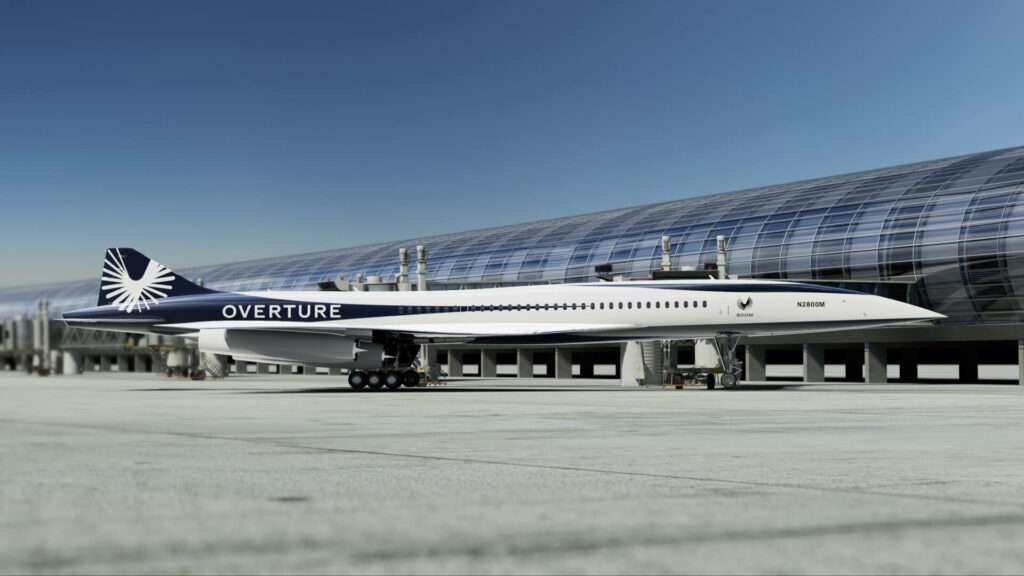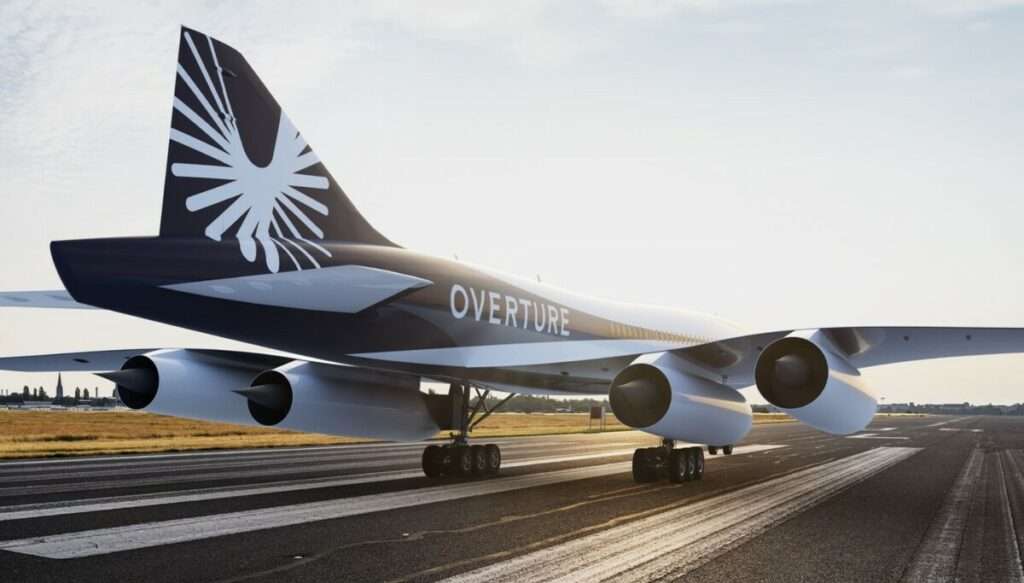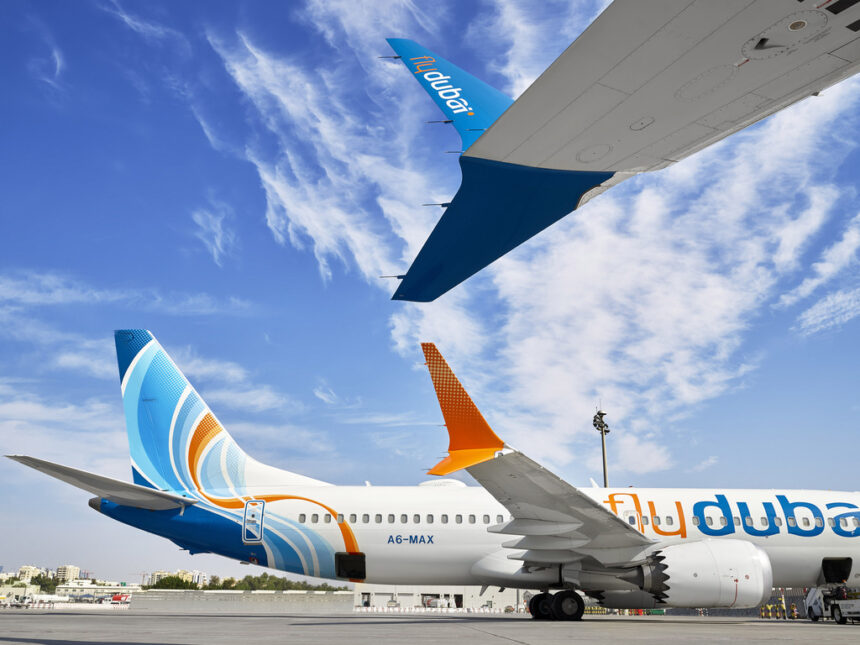The rise of remote working has had a major impact on the business travel industry. In 2021, global business travel spending was down 73% from pre-pandemic levels. However, there are still many business situations where in-person meetings are essential.
Supersonic Jets & Business Demand
Supersonic jets could play a role in meeting the needs of businesses that require in-person meetings in the wake of remote working.
We know that supersonic travel can significantly reduce travel times, which can ultimately save businesses money and allow executives to be more productive.
So what are the pros and cons of supersonic travel from a business perspective? And will business travel demand be a driver of faster than sound travel in the post-pandemic era?
Benefits and Advantages
Let’s begin with a look at some of the potential advantages of supersonic jets for a business perspective.
Reduced travel times: Supersonic jets can fly at speeds of over Mach 1.7, which is nearly twice as fast as conventional subsonic jets. This can significantly reduce travel times between major global cities.
For example, a flight from New York to London would take just over 3 hours on a supersonic jet, compared to over 7 hours on a conventional subsonic jet.
[monsterinsights_popular_posts_inline]

Increased productivity: In-person meetings can often be more productive than remote meetings, especially when complex issues need to be discussed. Supersonic aircraft can make it easier for executives to travel to in-person meetings, even if they are located on the other side of the world.
Improved relationships: Face-to-face interaction can help to build and maintain relationships with clients and partners. Supersonic jets can make it easier for businesses to develop and maintain global relationships.
Competitive advantage: Faster than sound travel can give businesses a competitive advantage by allowing them to get to market faster or to respond to customer needs more quickly. For example, a financial services company could use supersonic jets to fly to a client meeting in London and close a deal on the same day.

Challenges and Disadvantages
Of course, there are also some challenges and potential disadvantages associated with supersonic travel.
Cost: One of the key challenges is the cost. Supersonic jets are more expensive to operate than conventional subsonic jets. This is due to a number of factors, including the higher cost of fuel and the need for more specialized maintenance.
Environmental impact: Another challenge is the environmental impact. Faster than sound aircraft produce more emissions than conventional subsonic jets. This is because they fly at higher altitudes, where the air is thinner and less able to absorb emissions.
Public acceptance: Finally, there is the issue of public acceptance. Some people may be opposed to supersonic jets due to noise concerns.
Supersonic jets produce a sonic boom when they break the sound barrier. This sonic boom can be disruptive to people on the ground.

Being developed in an era where emissions and noise footprint have become primary considerations, the current crop of supersonic aircraft under development are being designed with far more efficient powerplants that those which typified the previous supersonic era.
Similarly, issues of noise are also being addressed with leading edge technology, to produce a new generation supersonic airliner with a low noise footprint.
So, despite challenges and perceptions, there is a growing interest in supersonic jets from businesses.
A number of companies are developing new supersonic jets, and several operators have already placed orders for these jets. Last year, it was revealed that American Airlines had joined with fellow US carrier United Airlines, with the order of 20 new Boom Supersonic Overture passenger jets.
This underscores the industry confidence in the viability and public uptake of faster than sound travel. If the next generation of supersonic jets are successful, they could have a major impact on the business travel industry.
Supersonic transport could make it easier for businesses to operate globally and could give businesses a competitive advantage.
The impact of remote working
The rise of remote working has had a mixed impact on potential business demand for supersonic jets. On the one hand, remote working has reduced the need for business travel to some extent.
On the other hand, there are still many business situations where in-person meetings are essential. Some anecdotal evidence suggests that many businesses are returning to a traditional method of working as the post-pandemic era progresses.
Whilst the rise of online conferencing may mean that we never fully return to the pre-pandemic way of business; the increasing globalization of business may likely to lead to increased demand for supersonic jets.
As businesses become more global, there remains a need for faster and more efficient travel options. Supersonic jets could meet this need by reducing travel times between major global cities.
Overall, the impact of remote working on business demand for supersonic jets is uncertain. However, there are a number of factors that suggest that there is still a market of interest for supersonic business travel.
Conclusion
Whether or not there is sufficient business demand for supersonic jets in the wake of remote working is a complex question.
However, there are a number of benefits that supersonic jets could offer to businesses, such as reduced travel times, increased productivity, improved relationships, and a competitive advantage.
While there are also some challenges associated with supersonic jets, such as cost, environmental impact, and public acceptance, there is a growing interest in from businesses.
If the new generation aircraft are successful, they could have a major impact on the business travel industry.

Click the banner to subscribe to our weekly newsleter.









